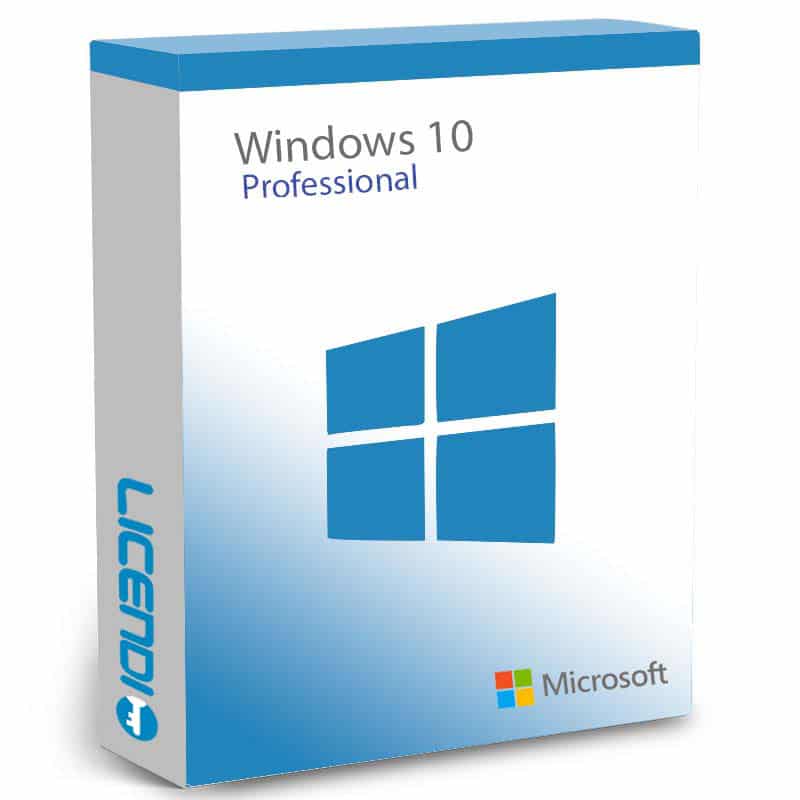Windows 10 Keyboard Shortcuts: Optimize your User Experience
If you're a Windows 10 user, you're probably looking for ways to improve your productivity and save time on your daily tasks. One way to do this is by using keyboard shortcuts in Windows 10. In this article, we'll explore their advantages and more.

What are Keyboard Shortcuts in Windows 10?
A keyboard shortcut is a combination of two or more keys that performs a specific action in an application or the operating system. In Windows 10, there are a large number of these available that can help you perform common tasks faster and more efficiently.

Advantages of Using Keyboard Shortcuts in Windows 10.
There are several advantages:
- Saves time: by using keyboard shortcuts, you can perform common tasks faster than if you had to use the mouse or navigate through menus.
- Improves ergonomics: By using keyboard shortcuts, you can reduce the strain on your hands and wrists by not having to use the mouse or touchpad constantly.
- Improves productivity: By using keyboard shortcuts, you can perform tasks faster and more efficiently, allowing you to get more done in less time.
Most Useful Keyboard Shortcuts in Windows 10
- Ctrl + C and Ctrl + V: copy and paste text or files.
- Ctrl + Z: undo your last action.
- Alt + Tab: switch between open applications.
- Windows + D: show the desktop.
- Windows + L: lock the computer.
Keyboard shortcuts for navigation
- Alt + Tab: switch between open applications.
- Ctrl + Tab: switch between tabs in an application.
- Ctrl + Up or Down Arrow: scroll through a document or web page.
- Ctrl + Home or End: go to the beginning or end of a document or web page.
- Windows + E: open the File Explorer.

Keyboard shortcuts for editing
- Ctrl + C and Ctrl + V: copy and paste text or files.
- Ctrl + X: cut text
- Ctrl + Z: undo the last action.
- Ctrl + Y: redo the last action undone.
- Ctrl + F: search in a document or web page.
- Windows + D: show the desktop.
Keyboard shortcuts for window management
- Windows + Left or Right Arrow: adjust the current window to the left or right side of the screen.
- Windows + Up arrow: maximise the current window.
- Windows + Down arrow: minimise the current window.
- Alt + F4: close the current window
Keyboard shortcuts for accessibility
- Ctrl + Alt + Del: Open the lock screen.
- Windows + U: open the Windows Accessibility Centre.
- Windows + + or -: Zoom in or out on the screen.
- Ctrl + Space: switch between text typing mode and text selection mode.
- Windows + L: lock the computer.
How to Create Your Own Keyboard Shortcuts in Windows 10?
If you can't find a keyboard shortcut for a specific task, you can create your own keyboard shortcut in Windows 10. To do so, follow the steps below:
- Right-click on the icon of the program you want to create a custom keyboard shortcut for.
- Select "Properties" from the drop-down menu.
- Click on the "Shortcut" tab.
- Select the "Shortcut Key" box and press the key you wish to use as a keyboard shortcut.
- Click "Apply" and then "OK".

Conclusion
In summary, keyboard shortcuts in Windows 10 are a useful way to optimise your user experience and improve your productivity. By using them, you can perform common tasks faster and more efficiently, allowing you to get more done in less time.
Learning some of the most useful keyboard shortcuts in Windows 10 can be a great starting point to begin improving your workflow - practice these shortcuts and create your own custom shortcuts to take your productivity to the next level!
If you have more questions, contact us :)




